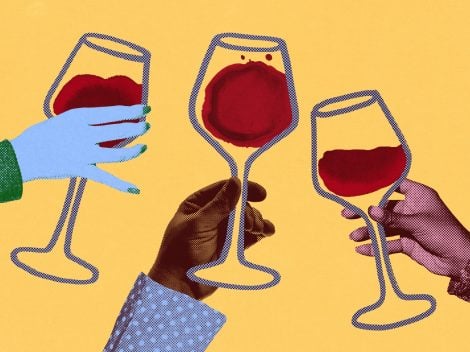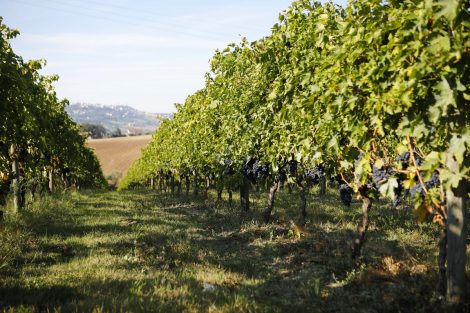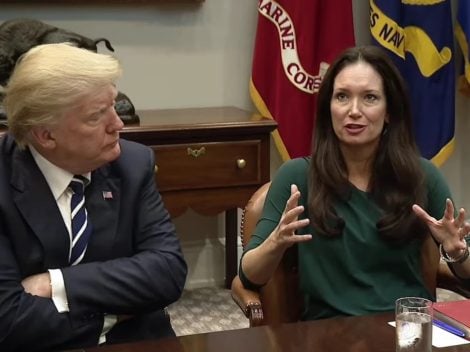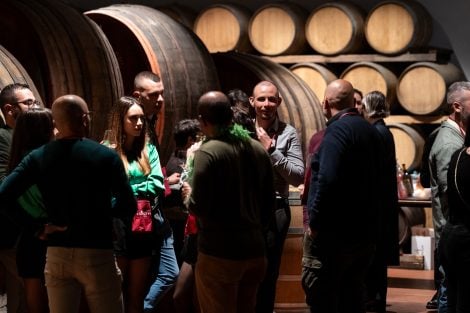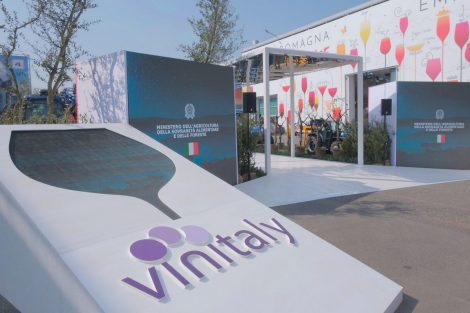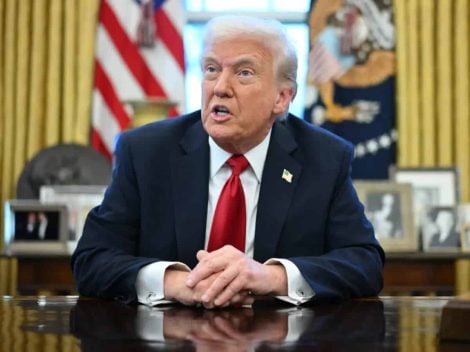With Trump’s tariffs paused for 90 days, can the wine world breathe a sigh of relief? Not quite: according to Eric Asimov, wine critic at the New York Times, the universal 10% tariff will still push prices up to the detriment of consumption, hitting lower-priced wines and small producers who export their wines. Even local production will not benefit, as it will become harder and harder to find good wines at an affordable price point. “Aside from the damage this will cause to the network of small importers and distributors, retailers and restaurants responsible for bringing wine to American consumers, the tariffs will reduce choices for consumers with limited means.”
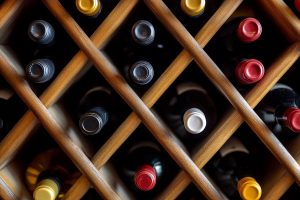
A matter of value for money
For the author of the column “20 Wines Under $20”, the storm is far from over. “For years, I’ve had no trouble finding expressive wines priced between $15 and $20. A price range I consider ideal,” writes Asimov. “However, this opportunity is bound to disappear.” More than expensive wines, it will be the lower-priced ones that suffer the brunt of the impact, an effect that will reflect in consumption. “People willing to pay $200 for a Napa Valley Cabernet Sauvignon won’t mind if the price goes up to $250,” Asimov writes. “Whereas price-conscious wine drinkers will hesitate to order an $18 Cava that rises to $23. Demand will drop, and the wine may disappear from the shelves.”
Small is worse
Sanctions on imports also threaten the global network of small businesses “responsible for wine’s diversity”. Family-run companies, but also distributors and importers who “have resisted being bought out by major groups”, says Asimov. “What I fear is that small businesses will be pushed to the margins, and we’ll be left with a wine market dominated by a handful of large corporations.”
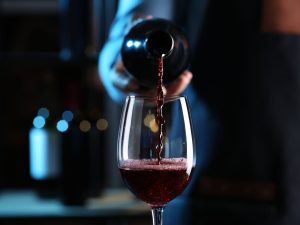
Sonoma is not Chablis
Tariffs, in theory, could benefit the domestic US production market, but there is a fundamental issue with this assumption: “good wines speak of the place where the grapes are grown. You can’t simply replace a Riesling from the Mosel Valley with one from Washington State. They will never have the same character.”
To this, Asimov adds that, in Europe, governments tend to offer financial support to wine producers, which is not the case in the United States. “This makes it difficult for American wines to compete with similarly good European ones, especially in the lower price ranges, considering the higher fixed production costs in the US.”
The increase in prices due to tariffs will result in a reduced availability of good wines—unless consumers are willing and able to spend more money—creating a domino effect that will impact the entire wine industry.


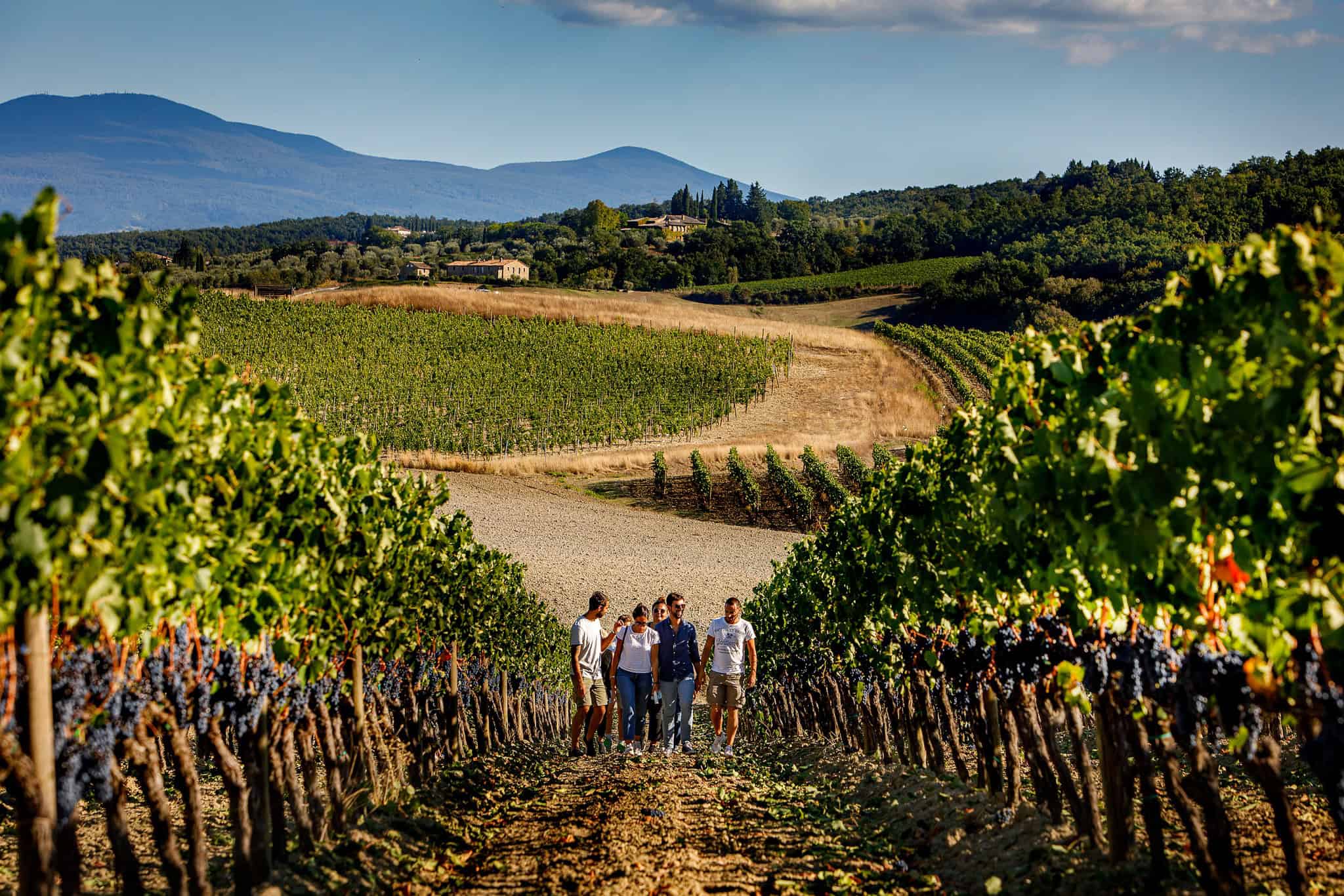 Chianti and Etna the favourite destinations for American and British tourists. Italians aim for the Cinque Terre
Chianti and Etna the favourite destinations for American and British tourists. Italians aim for the Cinque Terre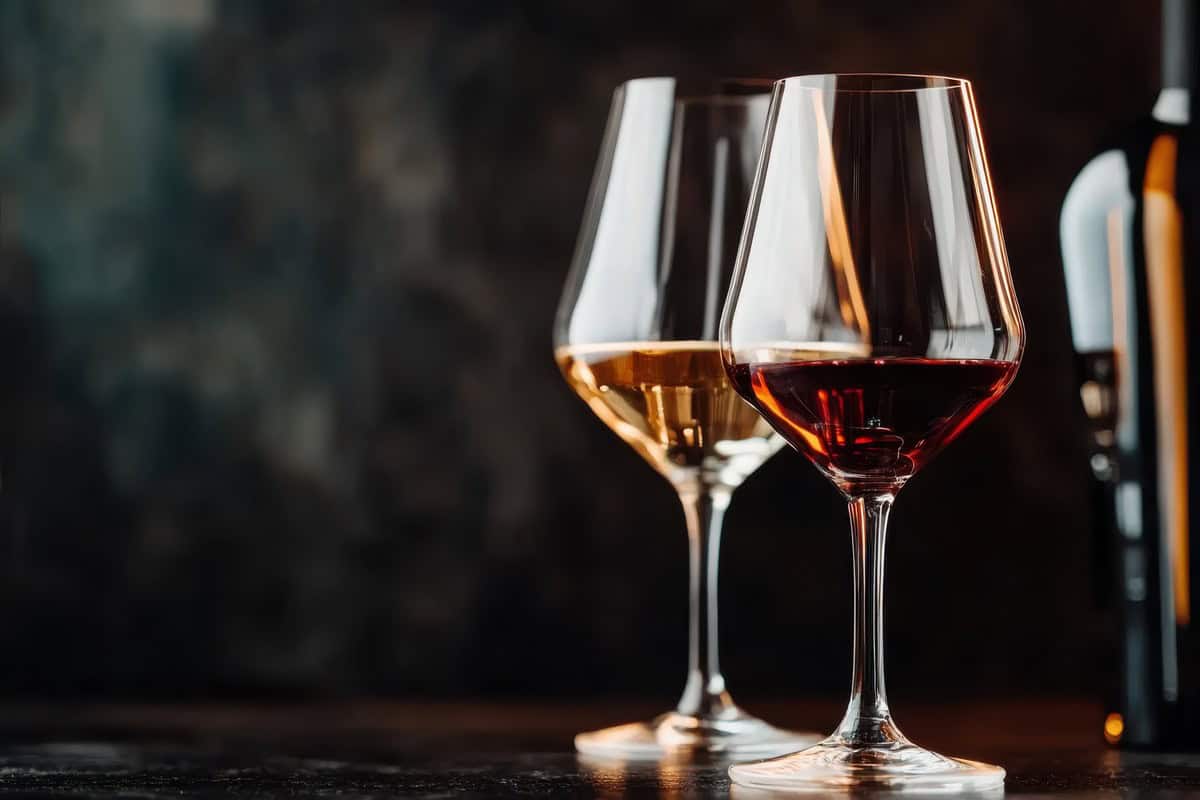 Ten Etna wines with the best value for money. Here they are
Ten Etna wines with the best value for money. Here they are The top patisserie just steps from the Pompeii ruins where you can enjoy exceptional pastiere and croissants
The top patisserie just steps from the Pompeii ruins where you can enjoy exceptional pastiere and croissants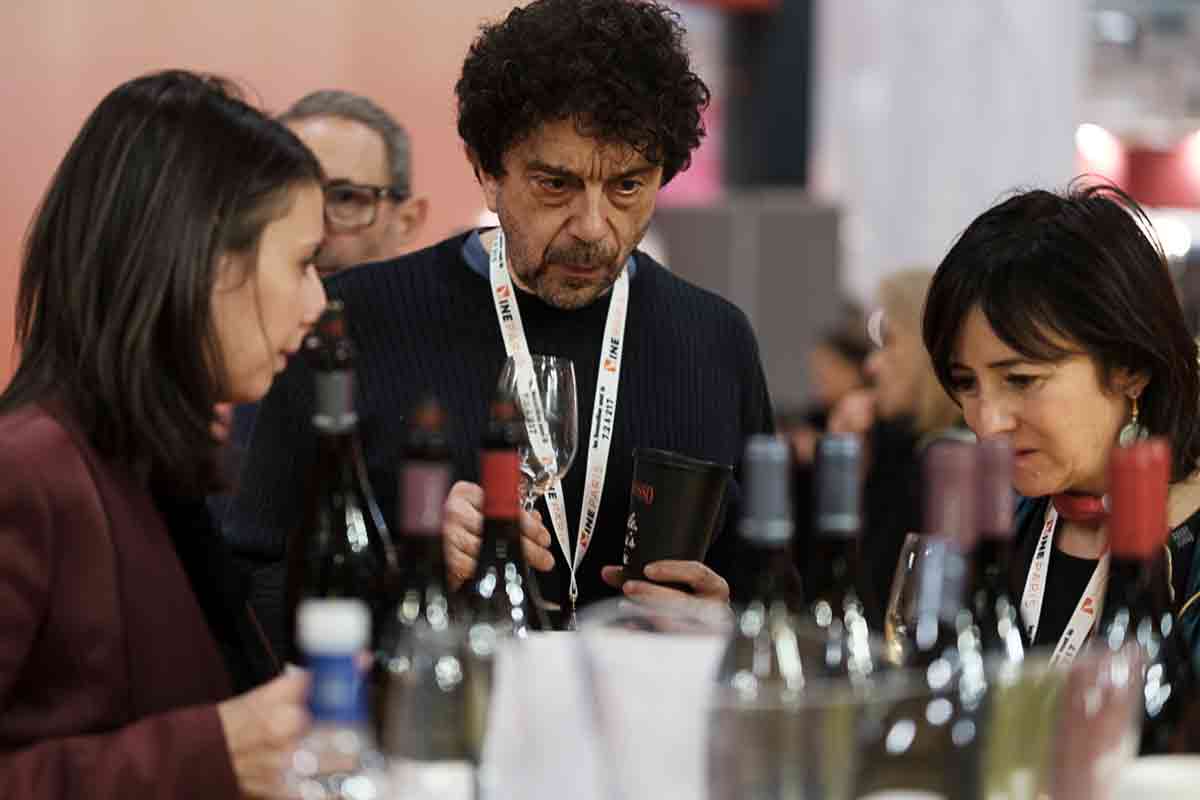 Tre Bicchieri meets Wine Paris
Tre Bicchieri meets Wine Paris Fewer bottles, more by-the-glass: how to build the wine list of the future
Fewer bottles, more by-the-glass: how to build the wine list of the future